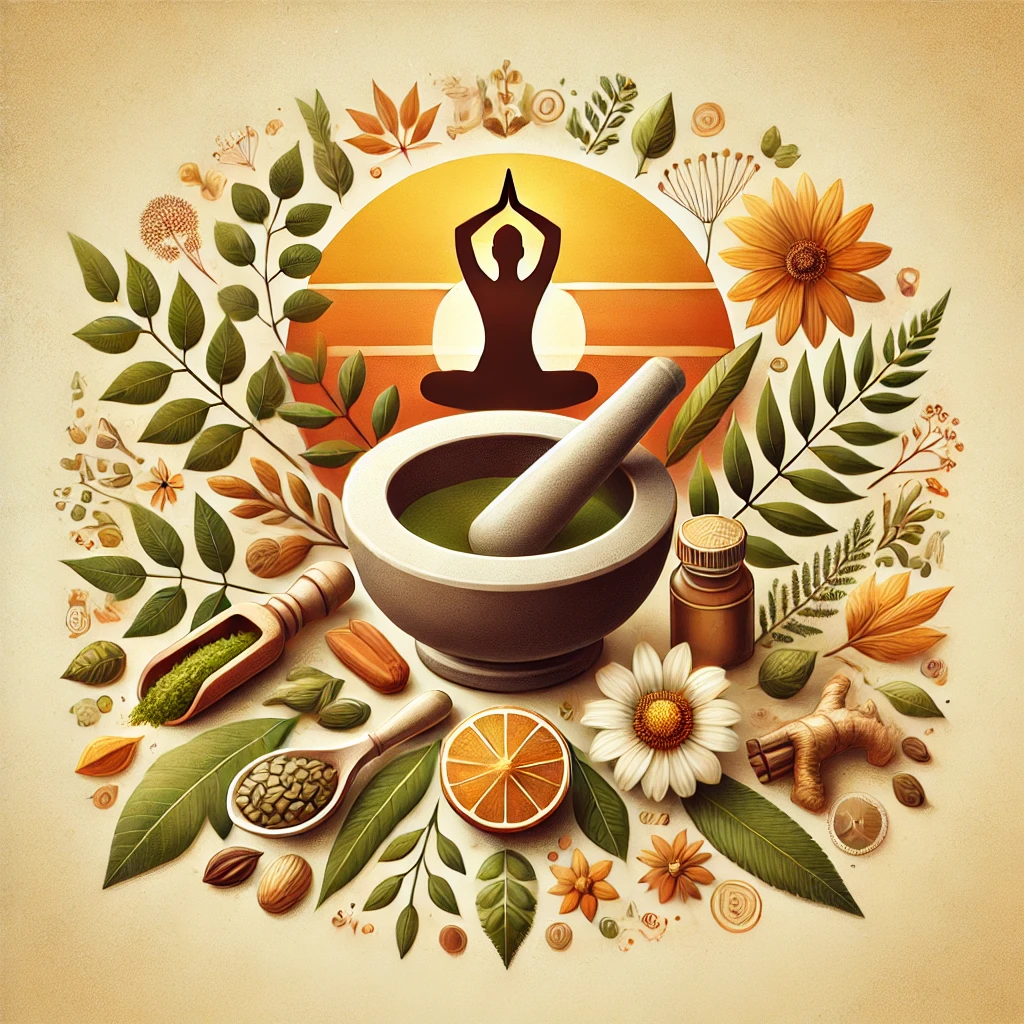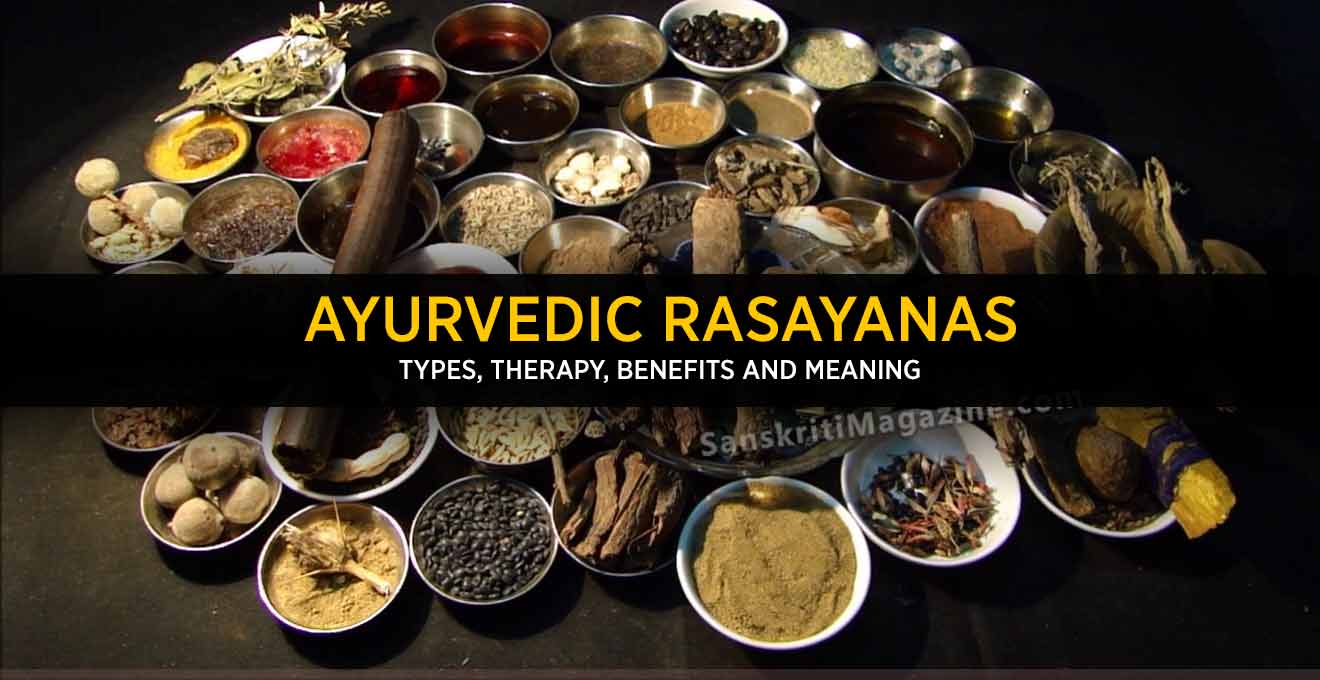Our bodies were not meant to be toxic dumps. Yet, improper digestion, high levels of stress, and pollutants such as chemicals in the air we breathe, the water we drink or wash with, and the foods we eat, continuously create toxins in the body. If not flushed out on a regular basis, Ayurveda contends that this toxic buildup can eventually manifest as disorders. And as we grow older, the body’s inbuilt mechanisms for eliminating impurities tend to be less efficient, thus stressing the need for periodic internal cleansing therapy.
 Three Kinds of Toxins
Three Kinds of Toxins
Maharishi Ayurveda describes three kinds of toxins. The most common type is ama, which is the sticky waste-product of digestion that builds up in the digestive tract when your digestion is either weak or overloaded with the wrong foods.
If ama is not cleared from the body and continues to build up, eventually it can leave the digestive tract and start circulating through the body. Once it settles in a specific area, over time ama becomes reactive and mixes with the subdoshas, the dhatus (body tissues), or malas (waste products such as urine). When it mixes with these parts of the physiology, it becomes amavisha, a more reactive, toxic type of AMA
The third type of toxins are what we would call environmental toxins today. Environmental toxins come from outside the body and include pesticides and chemical fertilizers in food, as well as preservatives, additives and genetically engineered foods. Food that has “gone bad” and is filled with harmful bacteria also falls in this category. Other garavisha toxins include arsenic, lead, asbestos, chemicals in detergents and household supplies, poisons, air and water pollution, chemicals and synthetics in clothing, and recreational drugs.
Amavisha and garavisha types of toxins are best handled by an ayurvedic physician, but there are a number of things you can do on an ongoing basis to prevent AMA from building up in your body.
Signs That You May Have an AMA Build-Up
 If you experience a heavy feeling in your body, if your joints are stiff, if your tongue is coated when you wake up in the morning, if you have an unpleasant body odor, if you feel dull and sleepy after eating, if your mind is foggy, you may have a buildup of AMA in the body. Diarrhea, constipation, joint pain, sadness, dullness, lowered immunity, frequent bouts of colds and flu are all health problems that can be caused by AMA.
If you experience a heavy feeling in your body, if your joints are stiff, if your tongue is coated when you wake up in the morning, if you have an unpleasant body odor, if you feel dull and sleepy after eating, if your mind is foggy, you may have a buildup of AMA in the body. Diarrhea, constipation, joint pain, sadness, dullness, lowered immunity, frequent bouts of colds and flu are all health problems that can be caused by AMA.
AMA clogs the channels of circulation in the body, preventing the unrestricted flow of nutrients to the cells and organs. Or it can clog the channels that carry waste from the cells and tissues, resulting in a toxic buildup.
How AMA is Created: Diet and Lifestyle Factors AMA is the waste product of incomplete digestion, so any dietary or lifestyle habits that disrupt digestion can cause AMA
If you eat foods that are too heavy to digest, such as fried foods, hard cheeses, meats, leftovers, junk foods, processed foods, and rich desserts, these can overload your digestion and cause AMA to form. Cold foods and drinks — such as ice cream, ice-cold water and foods straight from the refrigerator — also are hard to digest, since cold temperatures put out the digestive fire.
How much food and the type of food you can easily digest depends on your digestive capacity. Digestion can be weak, strong, or irregular, depending on your body type or imbalances: If your digestion is weak or dull (a characteristic associated with Kapha dosha), and you eat too much food or food that is too heavy for your digestive system, you’ll form AMA
Someone with a strong digestion (associated with Pitta dosha) will be able to eat larger quantities and richer foods without forming AMA A person with an irregular digestion (associated with Vata body type) will find that their appetite and digestive ability fluctuates — sometimes it’s strong and sometimes weak.
You need to adjust your eating and habits to suit your digestive type. Digestion also fluctuates according to the seasons, and if you don’t adjust your diet and lifestyle when the weather changes, you may form AMA.
Digestion can also be weakened by poor eating habits. For instance, not eating at the same time every day, not eating the main meal at noon when the digestion is stronger, skipping meals or eating between meals can all throw the digestion out of balance.
An irregular daily routine can also disrupt your digestion and cause AMA Mental, emotional and physical stress is another cause of incomplete digestion and AMA If you’ve ever tried eating when you’re upset, and felt the stomach pains afterwards, you know why this is so.
In general, any time you go against your own nature, or fall out of harmony with natural law, your digestion will reflect that and create AMA.
If a person has simple AMA (sticky waste-product of digestion that builds up in the digestive tract when your digestion is either weak or overloaded with the wrong foods), it is generally possible to remove it from the body by enhancing or balancing agni, the digestive fire. First of all, it is important to begin an AMA-reducing diet. This is a simple diet, consisting of warm, freshly-cooked whole foods that are light, easy to digest, and are suitable for the person’s body type (dosha) and season.
 AMA-Reducing Diet
AMA-Reducing Diet
The AMA-reducing diet includes fresh, organic vegetables; sweet, juicy fruits; whole grains such as quinoa, cous cous, rye, barley, amaranth, millet and rice; and easily digested proteins such as mung dhal or lentil soup. Lassi — a drink made in the blender with one part freshly made yogurt, four parts water, and salt or honey for flavor — is an excellent digestion — booster to drink after a meal because it contains acidophilus, a friendly bacteria that aids digestion. Cooked leafy greens such as chard and kale are especially good for improving elimination and helping to detoxify the body.
The vegetables and grains should be cooked with tasty spices that are suitable for your body type and the season, such as Vata, Pitta or Kapha Churna from Maharishi Ayurveda.
Avoid all of the foods that we mentioned earlier as a cause of AMA — fried foods, heavy foods such as aged cheese, meat, rich desserts — anything that is difficult to digest should be left out of your diet. Avoid eating or drinking anything cold.
Drinking warm water throughout the day is a good way to flush out AMA and toxins of all kinds.
Ayurvedic Lifestyle Tips
- The most important thing is to eat your main meal at noon, when the sun is strongest and the digestive fire reflects that strength. If you eat too much at night, or eat heavy foods such as meat or cheese then, the food will sit in your stomach and create AMA Eat light at night and your food will be easily digested before you go to sleep.
- It’s also important to eat all three meals at the same time every day. If your body gets used to a regular routine, the digestive juices will start to ready themselves before the meal, and will be more efficient in digesting. If you eat at all different times, your digestion will be thrown off.
- Don’t snack between meals unless you are actually hungry, and wait until the food is digested before eating a meal. If your digestion is already occupied with digesting and you add new food on top of that, the result is AMA, the sour, undigested waste product of undigested food.
- Other aspects of the ayurvedic routine are also important. Going to sleep before 10 p.m. is essential, because then during the Pitta time of night (10-2) your digestion has a chance to cleanse and rejuvenate itself. If you stay up, you’ll probably feel hungry about midnight and will want to eat, which will tax the digestion and create AMA.
- Waking up before 6 a.m. is recommended, as if you sleep late into the Kapha time of the morning (6-10 a.m.), the channels of your body will become clogged with AMA and you’ll feel dull and tired.
- Daily exercise that is suitable for your body type will stimulate digestion and help cleanse the body of toxins. It’s also important to manage your stress, and to have a job that your enjoy and is not too taxing for your body type. Everyone can benefit from spending time each day practicing the Transcendental Meditation program to remove mental, emotional and physical stress.
Spring is Ideal for Cleansing

Many people feel the signs of AMA buildup in spring more than at other times of year, because the toxins that are already in the body start to display their symptoms then. The reason is that if you don’t follow the proper seasonal diet and routine during the first two months of winter (November and December), the body can accumulate more toxins then. The channels become clogged, and at the same time because of the cold temperatures, AMA gets stuck or “frozen” in the walls of the channels.
At this point there will not be as many symptoms of AMA But during the second two months of winter, January and February, there is a slight warming effect, because the sun is starting to gain in strength and is moving toward its zenith in June, even though it’s still cold out. By the time spring comes and it really is warmer outside, the frozen AMA starts to melt, and as it flows into the body’s channels, the channels become flooded with toxins.
Because these toxins are naturally melting in spring, it is the best time to detoxify. The body is already in the mode of eliminating toxins, so it is a good time to support the body in that role.
~ Rama Kant Misra
Disclaimer: This Ayurvedic information is educational and is not intended to replace standard medical care or advice.











